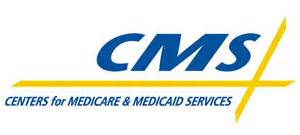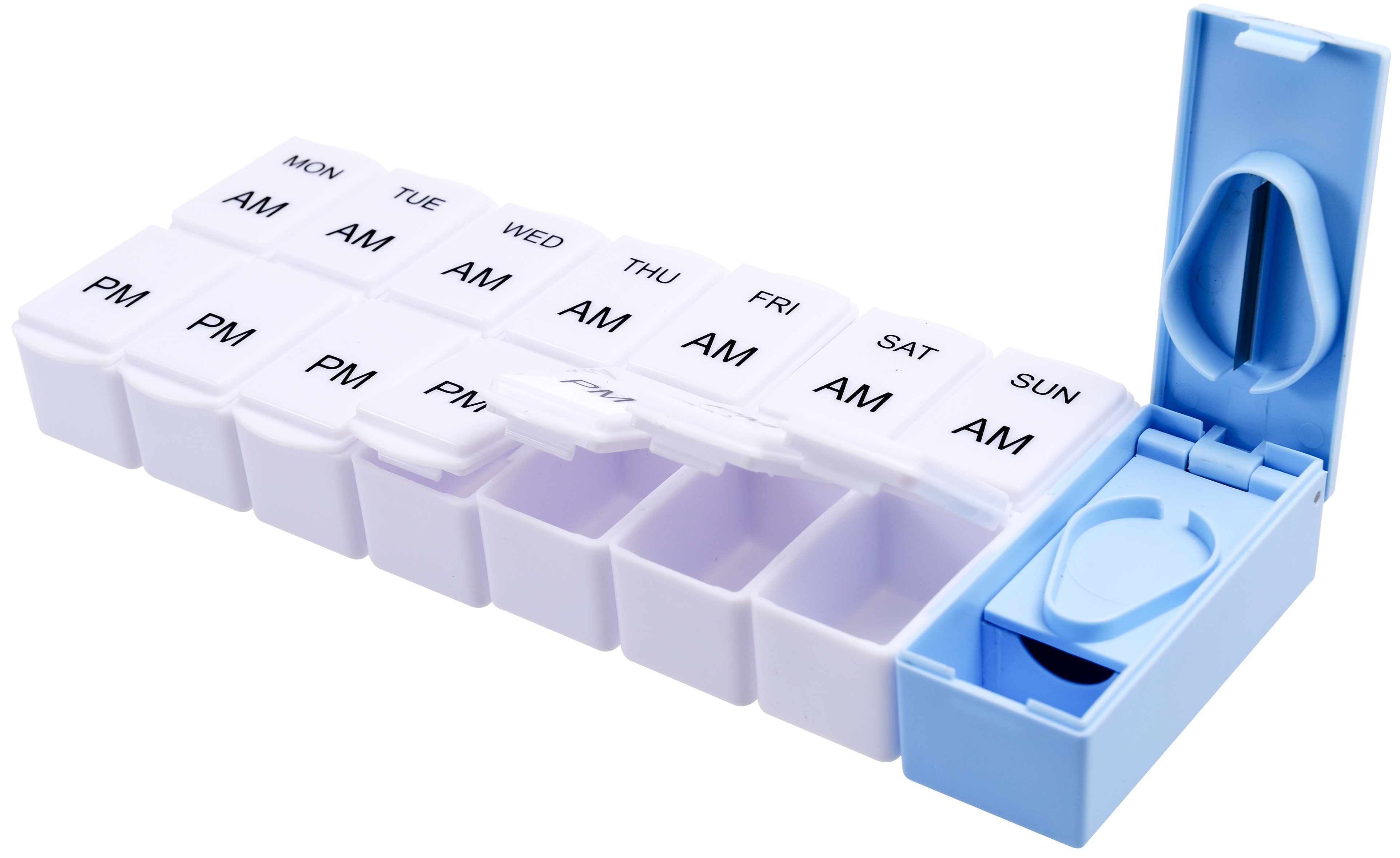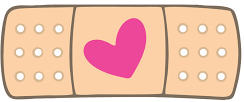Recent Posts
34 Work Simplification Strategies for Grooming, Dressing & Bathing
Grooming
- Sit whenever possible to perform grooming, and sit correctly by using good posture.
- Use surfaces that are at a level to perform grooming...
What's the Number One (#1) Secret to Success in Home Health Care?
We field clinicians, home health owners, nursing directors, office staff, clinical supervisors, administrators et al...strive for clinical excellence every day by performing thorough assessments, implementing excellent patient teaching plans, using superior remote monitoring systems...
OASIS-E: 30 Questions on Cancer, Dialysis, IV Antibiotics...
OASIS-E Start of Care OASIS assessment has fifteen (15) sections.
OASIS E: New Rules for M2010 High-Risk Medications
Clinicians are required to teach patients on high risk medications at Start of care and Resumption of Care, per the OASIS question M2010 Patient/Caregiver High-Risk Drug Education. Prior to OASIS-E, Medicare suggested referring to authoritative sources, such as the Institute for Safe...
How to Perform Home Health Employee Evaluations
Your home health policies and procedures need to address how to perform employee evaluations, reports MyHomecareBiz. Employee evaluations shouldn't be intimidating for you or your employee. Preventing a negative experience can depend on how you - or another reviewer - handles the...
Infection Control Teaching for Home Health Patients
Given the current focus on COVID-19, other infectious processes commonly experienced by home health patients - pneumonia, UTI’s, hepatitis, and wound infections - still pose significant challenges to patients and home health clinicians.
2023 PDGM Utilization for Congestive Heart Failure
There are thirty-six (36) different casemix scenarios for cardiac patients under Medicare's Patient-Driven-Groupings- Model (PDGM) payment system (new rates effective January 1, 2023). The casemix is contingent on from where the patient was discharged, her/his functional abilities,...
Best Practices for Completing M1342 OASIS – Surgical Wound
Include the following policies and procedures for documenting OASIS M1342 --Status of Most Problematic and Observable Surgical Wound.








